‘Chaite Dashain’ makes for one of the most important religious festivals for the Nepali community inhibiting the Himalayan state of Sikkim in India. The festival, also known as ‘Small Dashain’ is commonly celebrated as ‘Ram Navami’ in other parts of the country, commemorating the birth of Lord Rama on this auspicious day during the Pre-Vedic times. People on this day, visit Lord Rama temples, hold family get-togethers and enjoy festive meals.
For tourists and travellers planning their trip to Sikkim during March-April months, must plan it around the Chaite Dashain festival, as it would not only provide them an opportunity to revel in the state’s unmatched scenic beauty but, also a rare chance to witness the beautiful Nepalese legacy of Sikkim from a much closed perspective.
Highlights & Important Rituals of the Festival
Rama Navami & Chaite Dashain, together known as Sano Dashain, is considered one of the most auspicious festivals and when Nepalese (and other Hindu communities across India) worship Lord Rama and Goddess Durga in her various manifestations. The festival follows eight days of Chaitra Navratri when people observe fasts and offer their prayers to Goddess Durga. Ninth and tenth days are celebrated as Rama Navami – Chaite Dashain; people during these two days mark the end of fasting by visiting Lord Rama’s temple and later in the evening, inviting friends and families over festive dinners.
Duration of the Festival
The two days festival is generally observed in the month of ‘Chaitra’ of the Nepali Bikram Sambat Calendar, which happens to fall somewhere around March-April timeframe according to English date chart. The first day of the celebrations mark the birth anniversary of Lord Rama, which is followed by Chaite Dashain, the second day. Puja ceremonies, animistic rituals, family get-togethers and festive meals are some of the integral parts of the Ram Navami - Chaite Dashain celebrations.

History & Significance of the Festival
According to one Hindu mythological legend, Rama Navami – Chaite Dashain marks the birth anniversary of Lord Rama. The second legend discerns it as a day when Lord Rama killed the demon, Ravana. Also, it is believed that before the battle, Rama Chandra worshipped Goddess Durga for nine days, therefore, these nine days are observed as ‘Chaitra Navratri’ which are marked by people observing fasts and appeasing goddess Shakti by offering animal sacrifices.
In earlier times, people used to celebrate Dashain (which is now celebrated in September-October) during this time. But, being summer months, people started suffering from health problems because of eating heavy & spicy food during the festival. Therefore, Dashain celebrations were moved to autumn months, keeping the Small Dashain festivities intact during the summer timeframe.

















































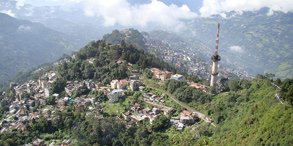
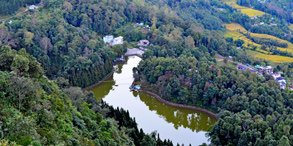
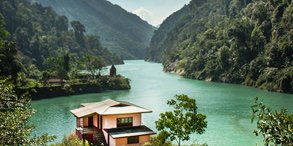
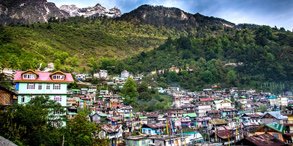
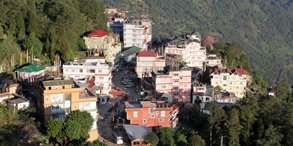
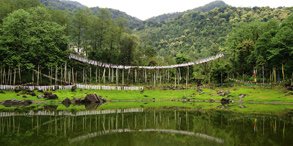
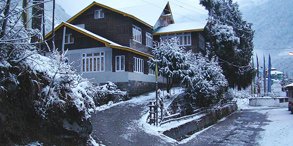
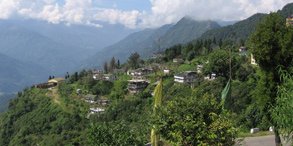
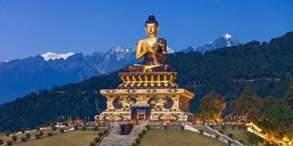
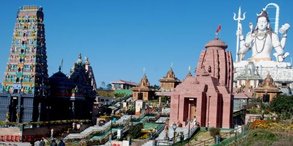
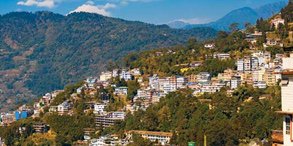
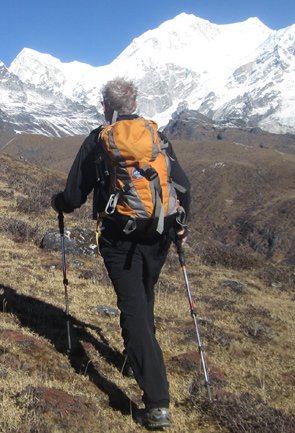
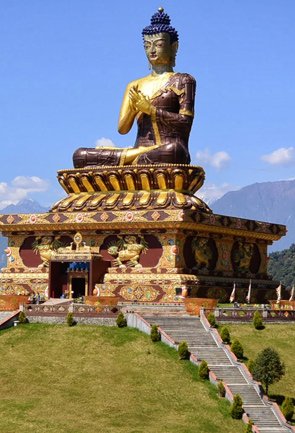

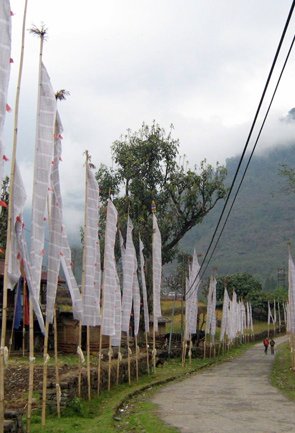
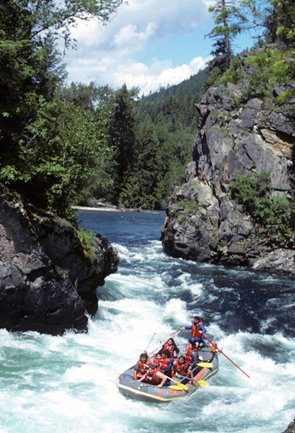

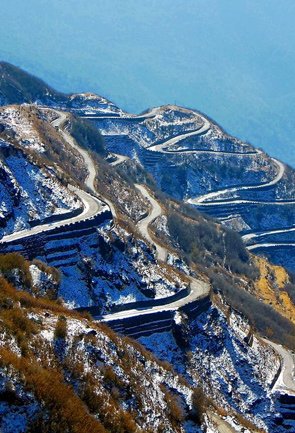

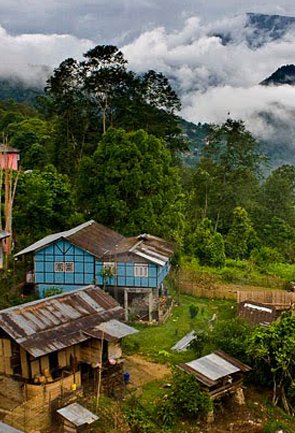
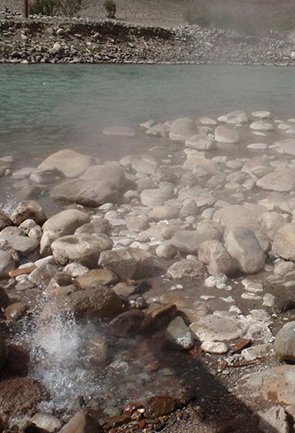
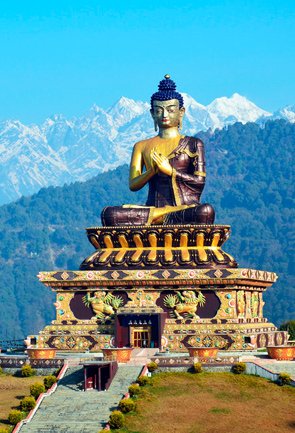

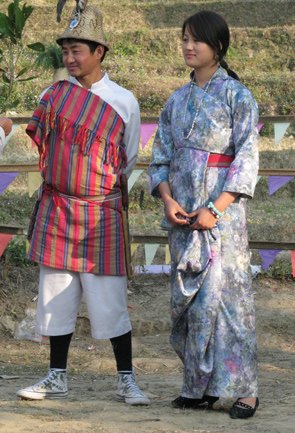
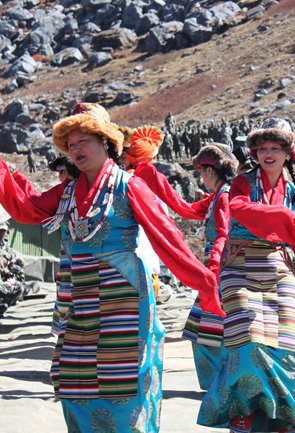
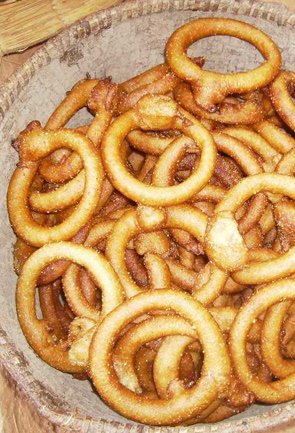


 Plan Trip
Plan Trip Call Us
Call Us Packages
Packages Home
Home